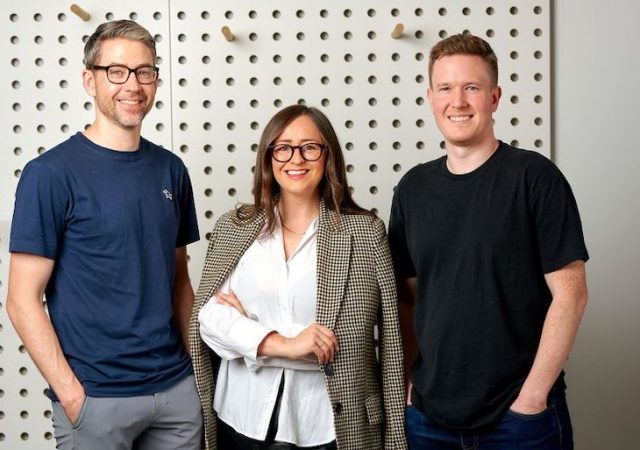Most founders are born optimists. Such optimism spurs entrepreneurs to leave the security of their guaranteed salary and abandon four weeks of annual leave and 10 days sick leave to chase a dream of being their own boss and building an empire.
Because the odds of success are not exactly compelling, a realist might think twice about their chances of victory.
Indeed, estimates of failure vary between 40% to 70% in the first few years, so a founder is either overestimating the probability they will succeed or downplaying their chance of failure.
But as Winston Churchill once said, “success is not final, failure is not fatal, it is the courage to continue that counts.”
This failure is often the hallmark of a successful entrepreneur, with their ongoing optimism playing an essential part.
It is no great surprise then that optimism continues to rear its head throughout the founder’s startup journey. Often when founders seek funding from a venture capitalist, it is not unusual for us to see somewhat enthusiastic forecasting. But fantasy forecasting is not what VCs are looking for – in fact, quite the opposite.
Founders need to keep it real by remembering these five simple points:
1) Plan for a realistic lag between funding and delivering a return to investors
Investors will be looking for cost of customer acquisition and the time that it will take for marketing dollars to be transformed into revenue growth. Founders need to show a clear understanding of the drivers and antecedents of revenue.
Ideally founders will have experimented to find out if their startup is a sales- or marketing-driven business.
2) Talent takes time to secure
Founders can be wildly optimistic about how quickly they will be able to hire staff, but the reality is something different. It takes time to hire great people – and the more senior the position, the longer it takes.
Senior roles need to be in place before the rest of their team as cultural fit is important. This lengthy process impacts the cash burn of the business and without the right team in place, the business simply can’t deliver.
3) You don’t need product perfection to analyse market fit
When founders forecast too much of their funding on product development and not enough on marketing and sales, they risk finding out whether there is a product- market fit, which should not be delayed.
Early releases or prototypes don’t need to be perfect as long as there is a clear channel for gathering feedback.
4) Highlight any short-term pain that will result in long-term gain
Founders should recognise and acknowledge that a business will go through shifts due to flat periods, seasonality, feedback from customers, and other forces.
It is perfectly fine for founders to pre-emptively prune their forecasts to bear more fruit in the future. This often happens when a business model changes – for example, a business that is evolving from a product sales to a consulting business.
5) Include scenario analysis and implications in forecasting
Investors will find it extremely useful to be taken through scenario analysis and through sensitivities that show how different variables and forks in the road will affect the financials of the business.
This includes showing the impact of hitting milestones at different times. A great forecast will show evidence of thinking through the many connected items that affect performance of the business.
Ultimately, investors want to see as much thought and consideration in financial modelling and forecasting as they are accustomed to seeing in the pitch deck and business plan. Considered forecasting gives an investor confidence in a founder’s ability to achieve the business’ important milestones.
Aside from the basic information – such as how much founders are raising; R&D refund entitlements; or how and when founders are using money – investors are looking for evidence of track record and metrics that will give them confidence to invest.
Projections around BOM (bill of materials), and how they reduce as a business scales, are also important to investors as they show how margins improve over time.
Thorough forecasting will use a number of different metrics but the key operating metric for software businesses is monthly recurring revenue. A startup that bounces between negative and positive forces the investor to question how scalable the business is, particularly one that is inconsistent due to factors other than seasonality.
If a founder doesn’t have the necessary expertise for financial modelling and forecasting, then calling in external help is well worth the expense. Seeking out founders with experience taking on capital is also invaluable.
Investors recognise that no modelling is 100% accurate and not all scenarios can be anticipated but it should be directionally correct, useful for managing the business, and fill the investor with confidence.
- Benjamin Chong is a partner at venture capital firm Right Click Capital, which invests in high-growth technology businesses.




















Trending
Daily startup news and insights, delivered to your inbox.